
archives for 10/2019
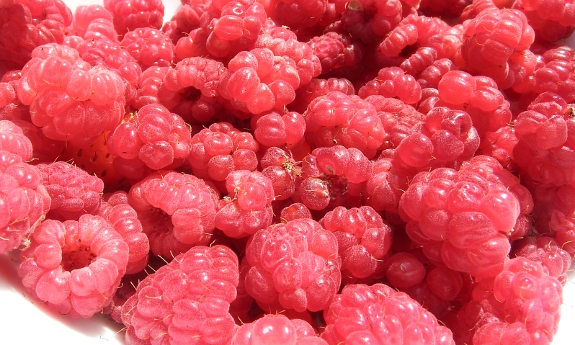
What a summer! We dug up an amazing harvest of spring carrots, then
drought came and depressed our other crops by 40%, my gardening
enjoyment by 80%, and my impulse to post by 100%.
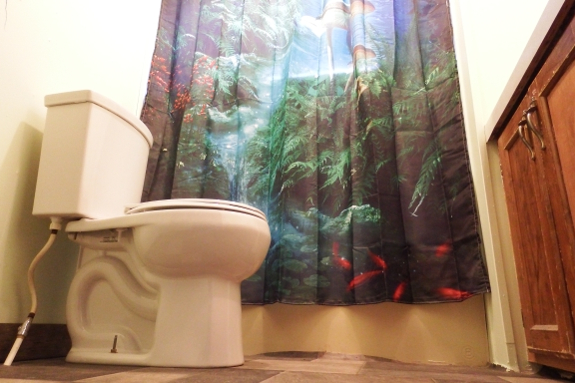
Meanwhile, various leaks soaking into the trailer's subfloor resulted
in a major renovation project. I now have a fancy dual-flush toilet
just like Mark saw during his August trip to Amsterdam! (And a very cute shower curtain.)
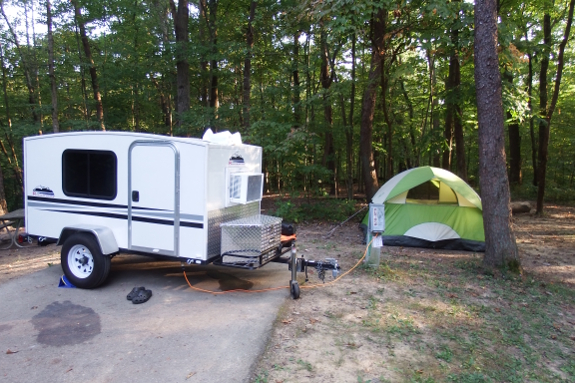
Speaking of trips, we took a lot of them. We traveled to New York City
so I could speak at a writing conference. Then we bought a used Runaway
camper and started enjoying overnight jaunts in our metaphorical
backyard. There was also a Ren Faire, a Steampunk Spectacle, some
flintknapping, weekly Irish dancing, and lots and lots of mushrooms!

That's right, wild fungi, photographed and (occasionally) eaten have
been the highlight of my summer despite the drought. And they deserve a
post of their own...so more on that sooner than three months from now,
I hope.
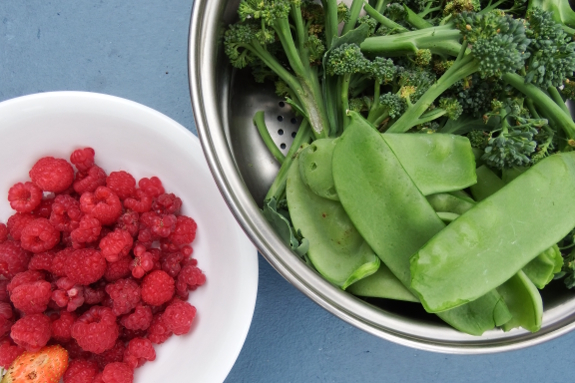
Life on a ridge is very different from life in our former swampy
bottomland. On the plus side, we miss a lot of gentle frosts and we
never have to deal with waterlogging. On the downside, this past
summer's hot, dry weather was really, really dry.
Dealing with drought is very new for me. So this post is probably
Drought Homesteading 101 for many of you. Still, just in case this is
new....
Composting in dry conditions
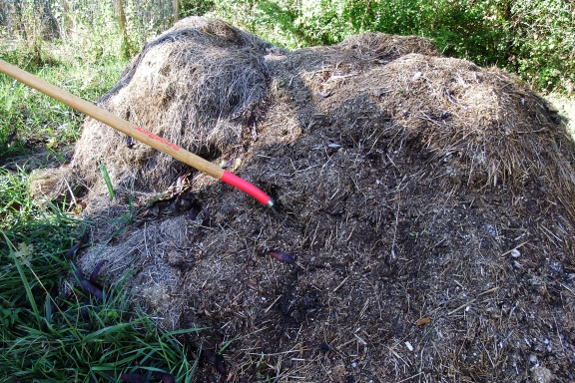
I'm so used to piling up organic matter then coming back in a few
months to beautiful humus, so this was a shock to me. But the lovely
pile of manure above...did absolutely nothing all summer long.
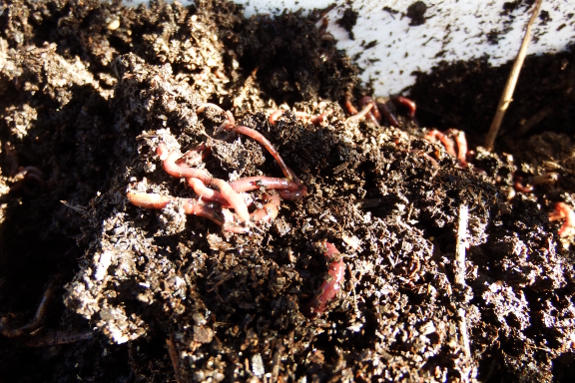
What worked? Our bathtub
worm bins. I actually had two side by side, one seeded with worms
and one not. Both promoted a lot more composting action than happened
with the compostables piled up out in the open.
In retrospect, this is pretty obvious. Contain the moisture with an
impermeable bin, then top it off with a lid that holds in water while
letting a little rain drip through. Voila --- perfect composting
environment!
So, yeah, bins are clearly the solution if you need to compost in the
dry.
Seedling germination during drought
Compost, of course, was the least of my worries this past summer. In
retrospect, I should have started watering the instant the ground went
a little dry and kept it up multiple times a week. In reality, I let
the soil grow so parched before I started irrigating that getting seeds
to sprout and seedlings to stay alive was an uphill battle.
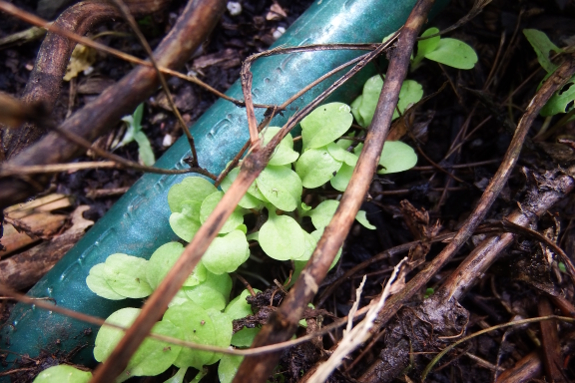
Luckily, nature is resilient. Remember those wood-chip aisles I put
between my beds? I let spring kale and lettuce go to seed before
pulling them out, and both managed to self-seed into that high-humus,
moisture-rich environment. Which sure is lucky because almost none of
the seedlings in the beds themselves sprouted!
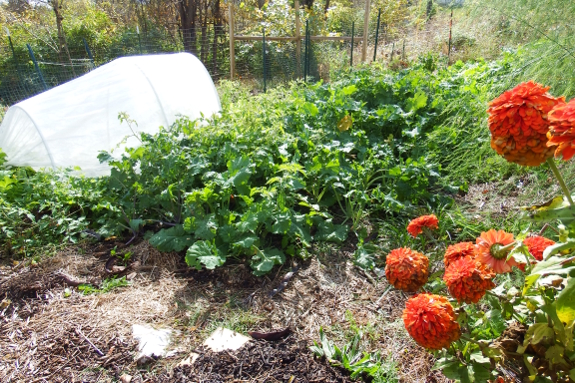
Transplants moved from aisle to bed at the couple-of-true-leaves stage
saved the fall garden (although I wasn't so lucky with the pea and
carrot crops or with a lot of my second and third summer plantings).
Phew! Lazy garden-bed cleanup to the rescue!
More to learn
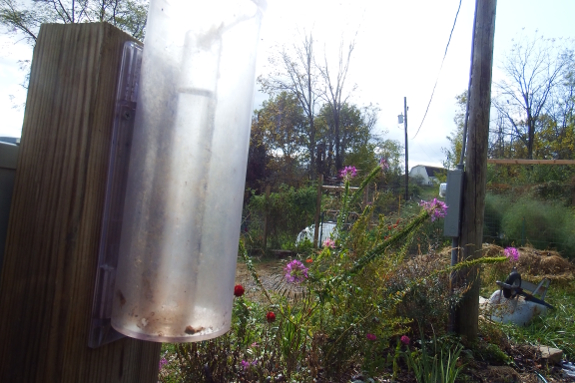
Obviously, I have a lot more to learn about ridgetop gardening. For
example, we need to get gutters on our trailer so we can capture
rainwater, and we need to try some other irrigation tactics. (Impulse
sprinklers were awesome in our damp, free-water environment of
Homestead 1.0 but didn't cut it here when the ground was deeply dry.)
But that can wait for another post and another drought. For now, the
rain has returned!
Want more in-depth information? Browse through our books.
Or explore more posts by date or by subject.
About us: Anna Hess and Mark Hamilton spent over a decade living self-sufficiently in the mountains of Virginia before moving north to start over from scratch in the foothills of Ohio. They've experimented with permaculture, no-till gardening, trailersteading, home-based microbusinesses and much more, writing about their adventures in both blogs and books.
